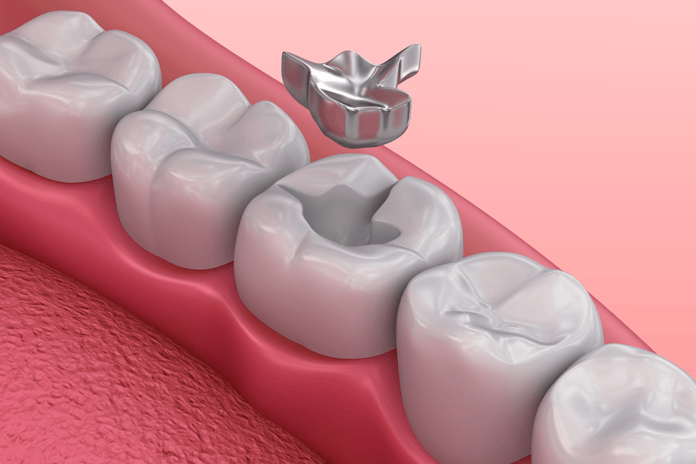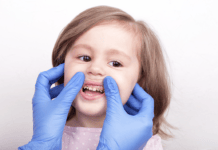It was simply a matter of time before smart technology met up with dentistry. In what can become a game changer in the dental industry, researchers are discovering a methodology for reducing the incidence of recurrent dental caries.
Restorations: An Ideal Bacteria Building Chamber
In what is likely a classic conundrum, for years dentists have struggled with recurrent caries. Recurrent caries refers to new decay caused by bacteria that builds underneath or around the margin of a restoration; it is estimated that 100 million dental patients suffer from recurrent caries annually, at a treatment cost of $34 billion.
A paper recently published in the Scientific Reports journal reveals the efforts of Professor Ben Hatton (MSE), Professor Yoav Finer (Faculty of Dentistry), and Ph.D. student Cameron Stewart (IBBME) in facing this problem of recurrent caries through normal dental care. This joint collaborative research study between the Department of Materials Science & Engineering (MSE), Faculty of Dentistry, and the Institute of Biomaterials and Biomedical Engineering (IBBME) at the University of Toronto forged a new path for dental care and yielded exciting results in their attempt to solve this ongoing recurrent caries condition.
Improved Restorative Material
Recognizing the irony of subjecting dental patients to potentially new caries problems in their effort to treat existing decay, the researchers conceived the idea of embedding restorative materials with minute particles of antimicrobial drugs that would work in preventing the spread of new bacteria in the restoration.
However, this revolutionary idea immediately posed a new puzzle for the scientists: is there a way to store enough of the antimicrobial drug in the restorative material to last the rest of the patient’s life? Their initial tests indicated that on its own, restorative material packed with antimicrobial drugs had a lifespan of merely a few weeks. While the concept was exciting, this brief lifespan roadblock appeared to be putting a halt to their efforts.
The answer to their question about extending the longevity of the antimicrobial drug led to another idea that could easily have been imagined in a science fiction story.
Extending the Life of Antimicrobial Drugs
The obstacle of the short life of the embedded antimicrobial drugs turned into another opportunity for advancement. The research team now came up with a new methodology to solve this problem.
As Professor Ben Hatton explained, “…traditionally there’s only been enough drug to last a few weeks. Through this research, we discovered a combination of drugs and silica glass that organize themselves on a molecule-by-molecule basis to maximize drug density, with enough supply to last years.”
In essence, the group devised a method whereby the antimicrobial drugs are able to self-assemble. This is akin to installing a microscopic pharmaceutical manufacturer in the restorative material; it simply keeps producing more.
So far, this exciting new blend of silica glass and antimicrobial drugs in restorative material extends the effective life of the drug by 50 times. This begins to make it an effective solution to the age-old problem of bacteria finding fertile ground in a previously placed restoration.
More Work to Be Done
While the initial results have proven to be both exciting and promising, research and testing needs to continue into the future. Specifically, further testing will be performed to measure the performance of the improved restorative material when introduced to bacteria, as well as how the regular production and flow of saliva may affect it.
According to Professor Yoav Finer, “We know very well that bacteria specifically attack the margins between fillings and the remaining tooth to create cavities. Giving these materials an antimicrobial supply that will last for years could greatly reduce this problem.”
With the advances made to date, the team feels confident that in a matter of years “smart” restorations could save billions of dollars in annual dental care. Ultimately, it will also result in fewer dental visits for patients, which boils down to even more health care savings.











